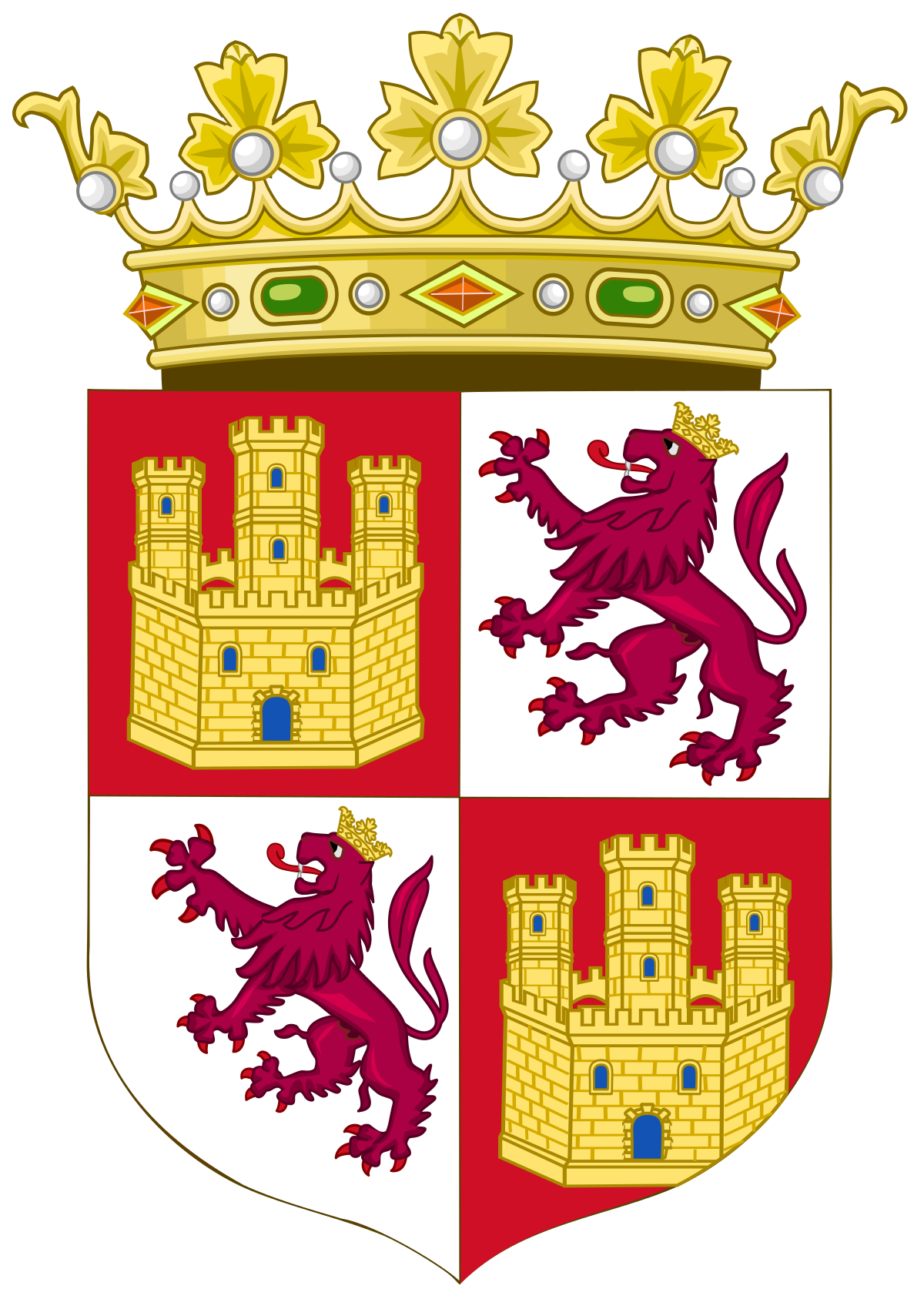The bride never taken
On 1199, Constance of Brittany agreed to ally with Philip II and betroth her daughter Eleanor of Brittany to Louis, Prince of France as a condition of the Treaty of Le Goulet, later Louis VIII and support the decisions of Innocent III and Philippe Auguste for the good of her duchy, this would lead to the Angevins gradually losing their lands after the death of Eleanor’s brother, Arthur.
On the death of Arthur, the Duke of Brittany in 1203, the Bretons would initially have Eleanor as their duchess and allied with the French but the Bretons would revolt in 1208 seeing that Aquitaine lost its independence from the French crown and chose Alix as their Duchess and allied with the English which would later cause Alix, Duchess of Brittany to enter into a betrothal with Henry III on 1216 which would end into a marriage, after the death of King John I which would lead to the Duchy of Brittany being the long term English continental possession after the loss of the rest of the Angevin domains.
The Duchy of Aquitaine and Gascony would be lost from John I in 1204 after the death of Eleanor of Aquitaine to the French and would end up being partitioned between the French and the Castilians as the Duchy of Gascony would end up under Castilian ruler after the French King, Philip II and Alfonso VIII would decide that the Duchy of Gascony be under Castilian rule in 1206, the English would completely lose any control over any part of Aquitaine on the death of John as Isabella of Angouleme returned to her Duchy in 1216 and chose to marry the Count of Lusignan in 1220 and made her children with her second husband as the heirs to Angouleme in 1220.
The marriage of Louis VIII and Eleanor of Brittany and the military tactics of Philip II would allow the great expansion of the royal domain of France as the Duchies of Normandy, Aquitaine, and the Counties of Maine, Anjou, and Touraine became Royal domain of the King of France, Philip II which would be the great accomplishment of Philip II himself.
Issue of Eleanor of Brittany and Louis VIII
Constance (1203 d. 1256) married to Theobald I of Navarre
Philip (1207-1217)
Geoffroy (1211 d. 1211)
John (1211 d. 1211)
Louis IX (1212-1270) married to Sofia of Denmark
Robert, Count of Artois (1214-1250)
Philip (1216 – 1218)
John (1217 d. 1232)
Geoffroy (1218 d. 1290), by marriage, Count of Toulouse
Philip Dagobert (1220)
Isabelle (1220-1290)
Charles (1224 d. 1300), Count of Anjou and Maine, by marriage Count of Provence and Forcalquier
On the death of Arthur, the Duke of Brittany in 1203, the Bretons would initially have Eleanor as their duchess and allied with the French but the Bretons would revolt in 1208 seeing that Aquitaine lost its independence from the French crown and chose Alix as their Duchess and allied with the English which would later cause Alix, Duchess of Brittany to enter into a betrothal with Henry III on 1216 which would end into a marriage, after the death of King John I which would lead to the Duchy of Brittany being the long term English continental possession after the loss of the rest of the Angevin domains.
The Duchy of Aquitaine and Gascony would be lost from John I in 1204 after the death of Eleanor of Aquitaine to the French and would end up being partitioned between the French and the Castilians as the Duchy of Gascony would end up under Castilian ruler after the French King, Philip II and Alfonso VIII would decide that the Duchy of Gascony be under Castilian rule in 1206, the English would completely lose any control over any part of Aquitaine on the death of John as Isabella of Angouleme returned to her Duchy in 1216 and chose to marry the Count of Lusignan in 1220 and made her children with her second husband as the heirs to Angouleme in 1220.
The marriage of Louis VIII and Eleanor of Brittany and the military tactics of Philip II would allow the great expansion of the royal domain of France as the Duchies of Normandy, Aquitaine, and the Counties of Maine, Anjou, and Touraine became Royal domain of the King of France, Philip II which would be the great accomplishment of Philip II himself.
Issue of Eleanor of Brittany and Louis VIII
Constance (1203 d. 1256) married to Theobald I of Navarre
Philip (1207-1217)
Geoffroy (1211 d. 1211)
John (1211 d. 1211)
Louis IX (1212-1270) married to Sofia of Denmark
Robert, Count of Artois (1214-1250)
Philip (1216 – 1218)
John (1217 d. 1232)
Geoffroy (1218 d. 1290), by marriage, Count of Toulouse
Philip Dagobert (1220)
Isabelle (1220-1290)
Charles (1224 d. 1300), Count of Anjou and Maine, by marriage Count of Provence and Forcalquier
Last edited:
